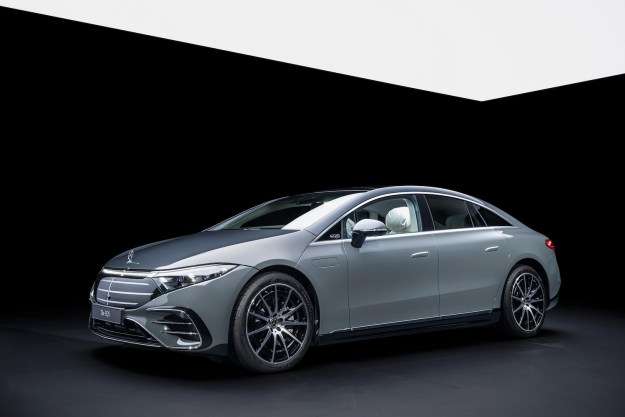Honda has revealed its hydrogen fuel cell answer to Toyota’s new Mirai at the Tokyo Motor Show.
Built to succeed the FCX Clarity zero-emissions vehicle, the Clarity FCV production model is significantly more refined than the concept seen two years ago. The design is handsome, with clean lines and a fast-back silhouette like the CrossTour and new Civic.
Honda claims the Clarity will have a range of over 300 miles, and, like the Mirai, it will begin its sales life-cycle in California, where there’s at least a bit of hydrogen fueling infrastructure. The naming structure is a bit confusing, considering the predecessor’s FCX Clarity name is so close to the new car’s moniker, but what is clear is that Honda has a well-developed history of hydrogen fuel cell vehicle testing, so the production car shouldn’t have many early development issues when it hits the market.
Unlike the Mirai, Honda will be approaching local governments and business customers with the Clarity FCV instead of average consumers who might be willing to take a chance on the technology.
Honda will offer the Clarity FCV in three colors: Premium Brilliant Garnet Metallic, White Orchid Pearl, and Crystal Black Pearl. The equivalent price of the FCV in Japan is $63,610 USD but expect the actual sticker to come in somewhere near the Mirai’s $58,325 before federal and state tax incentives. That being said, like the FCX Clarity, the Japanese automaker only plans to lease the Clarity FCV, while Toyota has already started selling the Mirai outright. The benefits of this for consumers of course is that they won’t have to worry about technology failures.
Compared to the FCX Clarity, the new Clarity FCV has a smaller fuel cell stack and alternate powertrain packaging. Be on the lookout for Honda’s planned plug-in hybrid and for all-electric variants that may borrow the Clarity name. Sales (or leases) for the Clarity FCV will begin in spring of 2016.
Editors' Recommendations
- Honda Clarity Electric gets unplugged, won’t return for new model year
- Toyota has a new electric car for you — and it’s about the size of a golf cart


